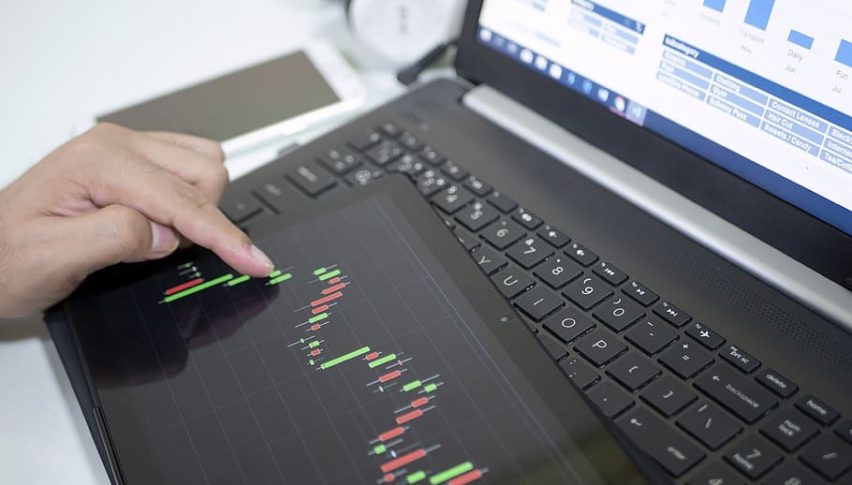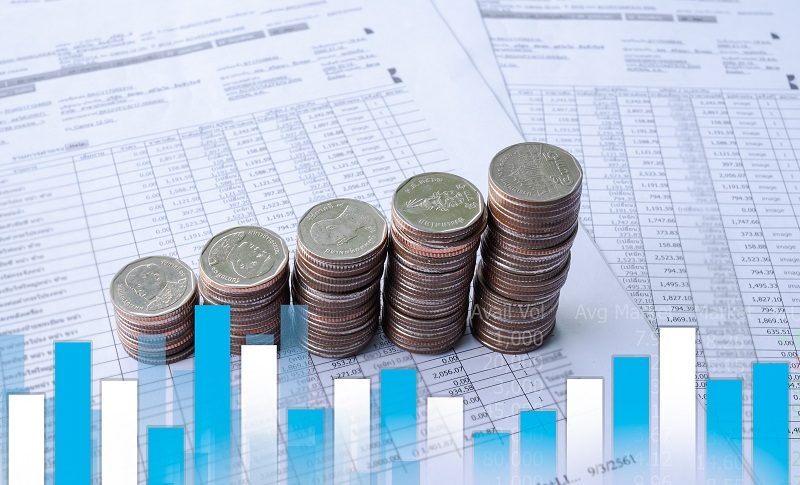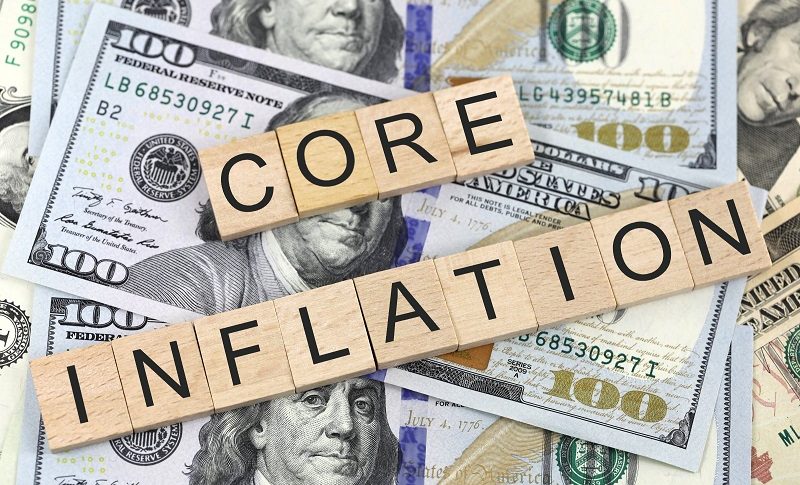Forex Leverage: How Much Should I Trade With?
What exactly is leverage? Leverage in Forex trading refers to a situation where in order to execute a buy/sell trading order with a much larger amount of capital than the trader has the trader 'borrows' money from his Forex broker. This 'borrowed' money makes it possible for the trader to trade with much higher transactions than he could afford losing, and can lead to much higher potential profits in the case of winning. In the case of losing the trader will not have to pay back the ‘loan’ to his broker.
Leverage is what makes Forex trading the most popular financial market in the world, as it can lead to outstanding profits in a short time, but it is also a double-edged sword. It can work in the trader’s favor, but also work against you in case of losses. As long as the market goes in the same direction as your buy/sell position, you are king of the world, counting the bills, but once the market goes against you, a high leverage, or in other words, a high risk, can lead to losing your investment. You will understand it better in a second.
How exactly is the level of leverage calculated? The formula is as follows:
Leverage = total value of trade / trading capital
Let's take an example:
Let's take Rich. Rich is a Forex trader, and he wants to invest his $500 in his next move. Rich wants to trade 0.5 standard lot sizes, or in other words, he wants to open a trade with a transaction of $50,000 (which is equivalent to 0.5 standard lot sizes). This situation requires his initial $500 to be equivalent to 1% of the total transaction for this specific margin requirement.
Now let's take another trader, called Mitch. He wants to open a trade with say $1000 that he has in his account, but he wants to use this $1000 to open a $20,000 position. Mitch is trading with a real leverage of 20,000/1,000 = 20 times leverage.

Proper Use of Leverage
Leverage can multiple a trader's profits, but the higher the level of leverage is, the higher the level of risk.
Let me illustrate this again with another two traders, John and Borelli, each starting with a trading capital of $5000. John wants to use a x10 leverage to open a 0.5 standard lot so opens a trading position of 0.5 standard lot (50K), while Borelli decides to use x40 leverage, or a position of 2 Standard lot (200K), with the same amount of initial investment of $5000..
John’s position, by virtue of his trade size, will earn or lose $5 per pip, while Borelli's position will earn or lose $20 per pip.
If John suffers a 50 pip loss in a trade, he will only lose $250, which represents only 5% of his account. This is minimal and he can easily recover this loss.
If Borelli also suffers a 50 pips loss, he will lose $1000, representing 20% of his account.
If John and Borelli suffer four more losing trades of 50 pips each, this translates into a loss of $1250 for John and an amazing total $5000 loss for Borelli. Well, you guessed right, Borelli's out!
5 trades later, and while John still has $3,750 in his account, Borelli has lost 100% of his account size.
This example just goes to show you how an improperly managed leverage can easily lead to heavy losses.
 Most experts agree that total market exposure at any point in time should not exceed 10%. A leverage of 1: 50 will keep a trader within these limits because the margin commitment will reflect this on the Forex charts. Using higher leverages of 1:400, as seen on most broker websites, will reduce margin commitment and tempt the trader to start over-exposing himself in the market by opening too many trades. A careless trader who does not know how leverage works will repeatedly find himself in trouble.
Most experts agree that total market exposure at any point in time should not exceed 10%. A leverage of 1: 50 will keep a trader within these limits because the margin commitment will reflect this on the Forex charts. Using higher leverages of 1:400, as seen on most broker websites, will reduce margin commitment and tempt the trader to start over-exposing himself in the market by opening too many trades. A careless trader who does not know how leverage works will repeatedly find himself in trouble.
Look at the illustrations, learn from them and use leverage carefully.
- Check out our free forex signals
- Follow the top economic events on FX Leaders economic calendar
- Trade better, discover more Forex Trading Strategies
- Open a FREE Trading Account


